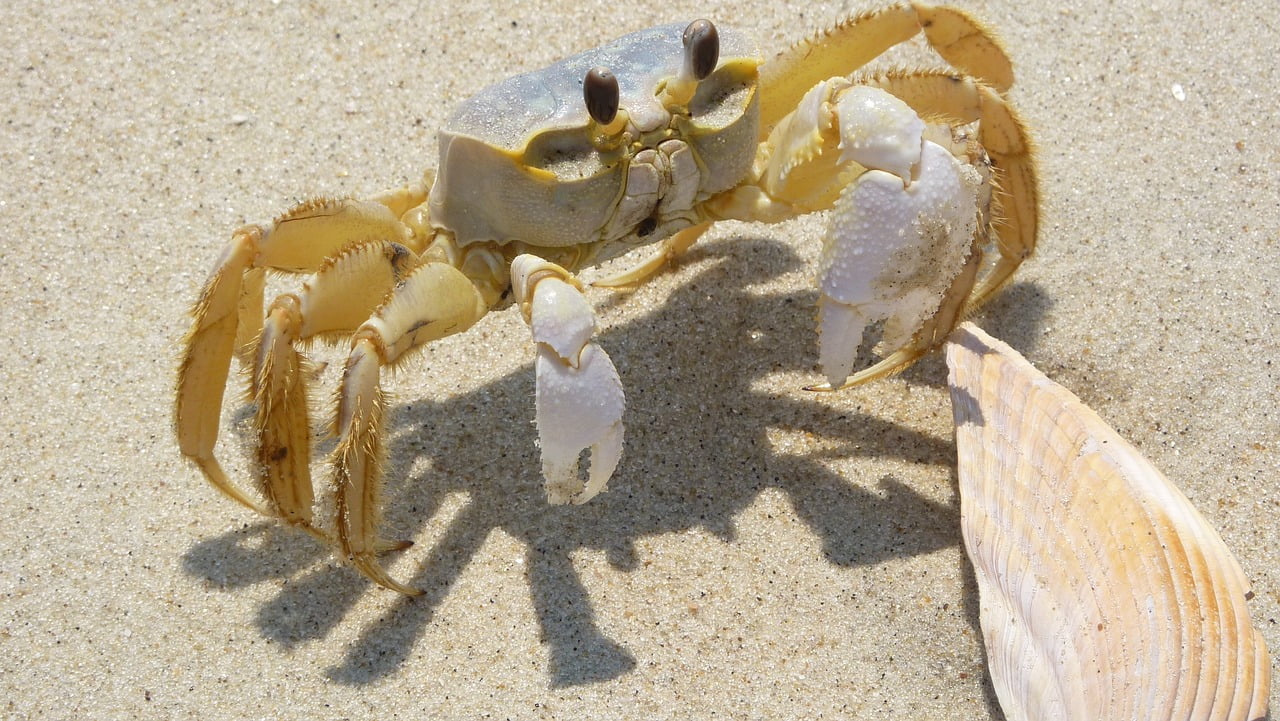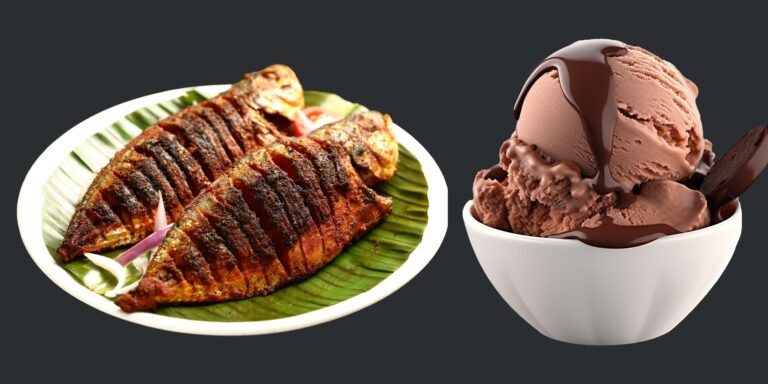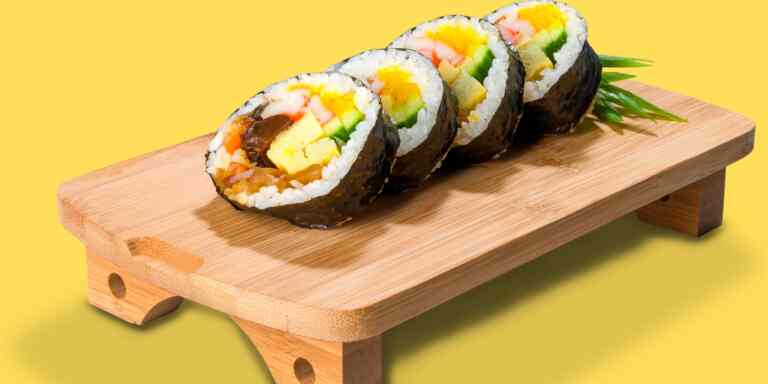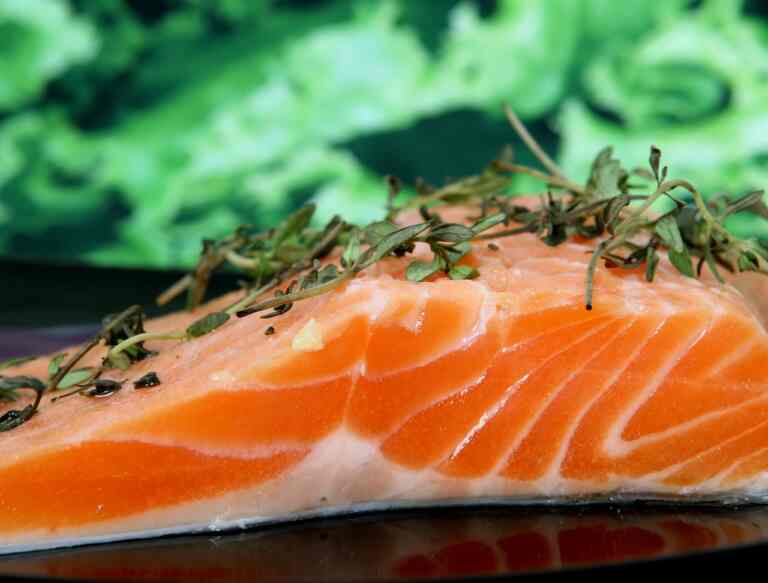Can we eat crab shells?
Yes, you can eat crab shells—but there’s a catch (or a few). While the idea might seem strange, crab shells offer surprising benefits and can be enjoyed in certain ways. However, safety and preparation are crucial. Let’s dive into the details to discover how to make the most of this unique culinary experience.
1. The Edible Shell: Soft-Shell vs. Hard-Shell Crabs
The key to enjoying crab shells lies in the type of crab. Soft-shell crabs, which have recently molted, have a completely edible, pliable shell. They’re often fried or sautéed whole, offering a delightful crunch alongside the sweet crab meat.
Hard-shell crabs, on the other hand, have a tough, calcified exoskeleton that’s not meant to be eaten directly. But don’t discard those shells just yet!
2. Hidden Treasures: The Nutritional Value of Crab Shells
Crab shells are packed with nutrients, particularly chitin, a type of fiber with potential health benefits. Chitin may support gut health, boost immunity, and even help with weight management. While research is ongoing, these potential benefits make crab shells more than just a culinary curiosity.
3. How to Safely Consume Crab Shells
- Soft-shell crabs: Clean and cook them whole, enjoying the shell as part of the experience.
- Hard-shell crabs:
- Don’t eat them directly: The hard shells can be sharp and difficult to digest.
- Make stock: Simmer the shells to create a flavorful broth rich in minerals.
- Consider supplements: Chitin supplements are available for those who want to harness the benefits without the crunch.
4. Culinary Creativity: Crab Shell Recipes and Uses
Beyond soft-shell crab dishes, there are creative ways to incorporate crab shells into your cooking:
- Crab shell powder: Ground shells can be added to smoothies or used as a thickener for sauces.
- Crab shell stock: A flavorful base for soups, risottos, or seafood stews.
- Garnishes: Deep-fried shells add a unique visual and textural element to dishes.
This article is reviewed by Russel, before publishing. If you have any doubt, you can contact us or consult with your nearby doctor. Remember, in medical matters, there is no same advice, cure, and medicine for all.





